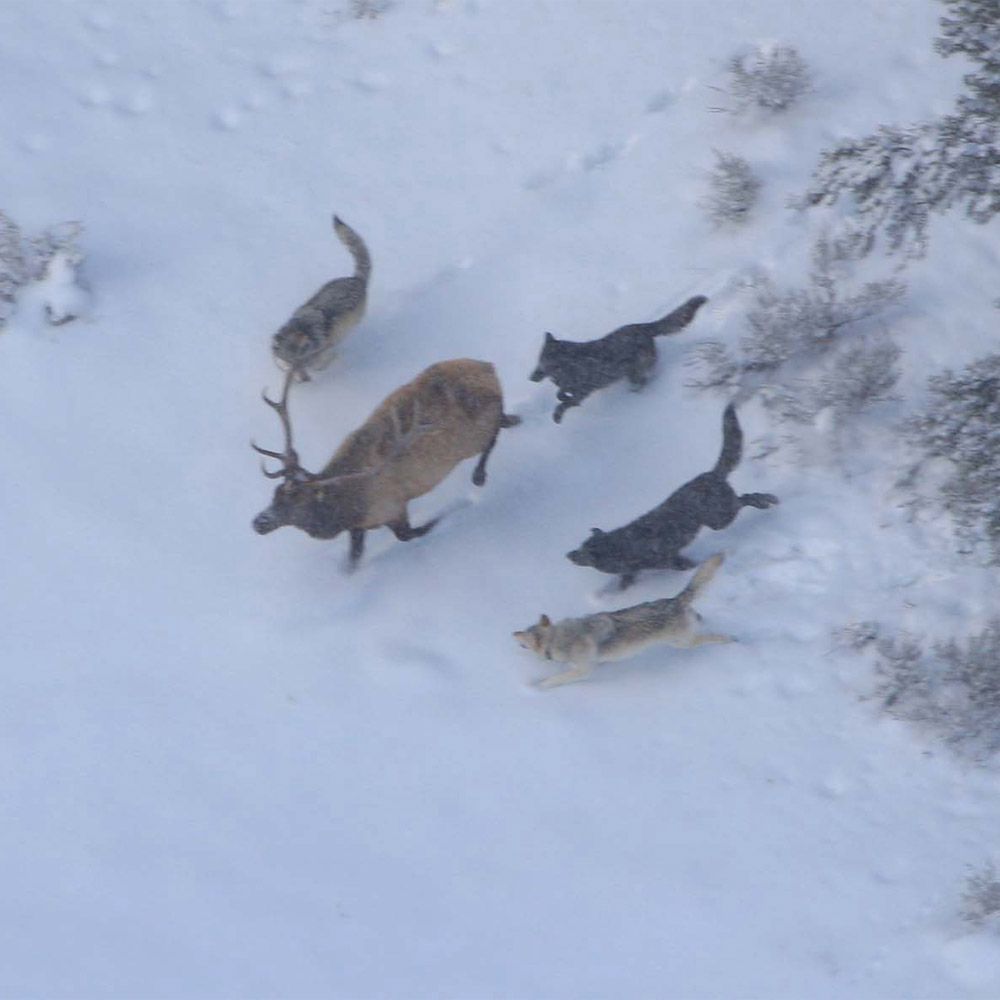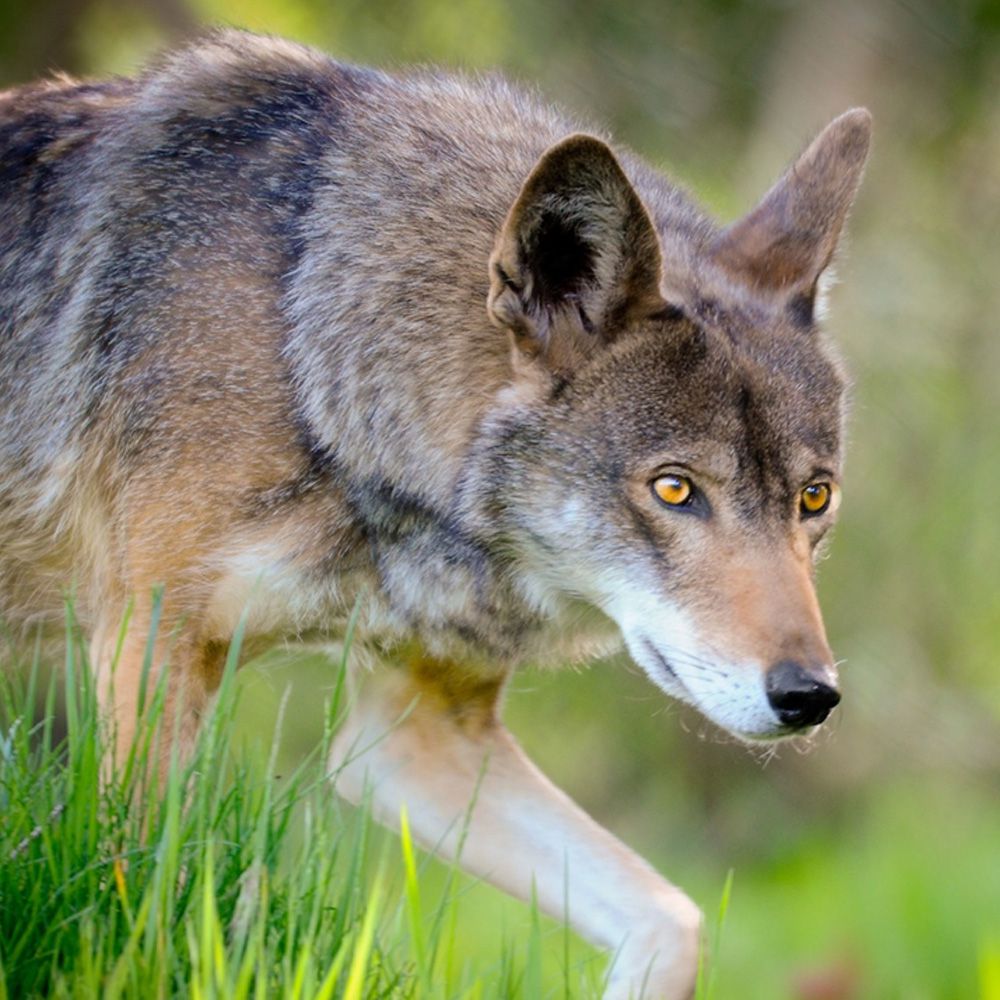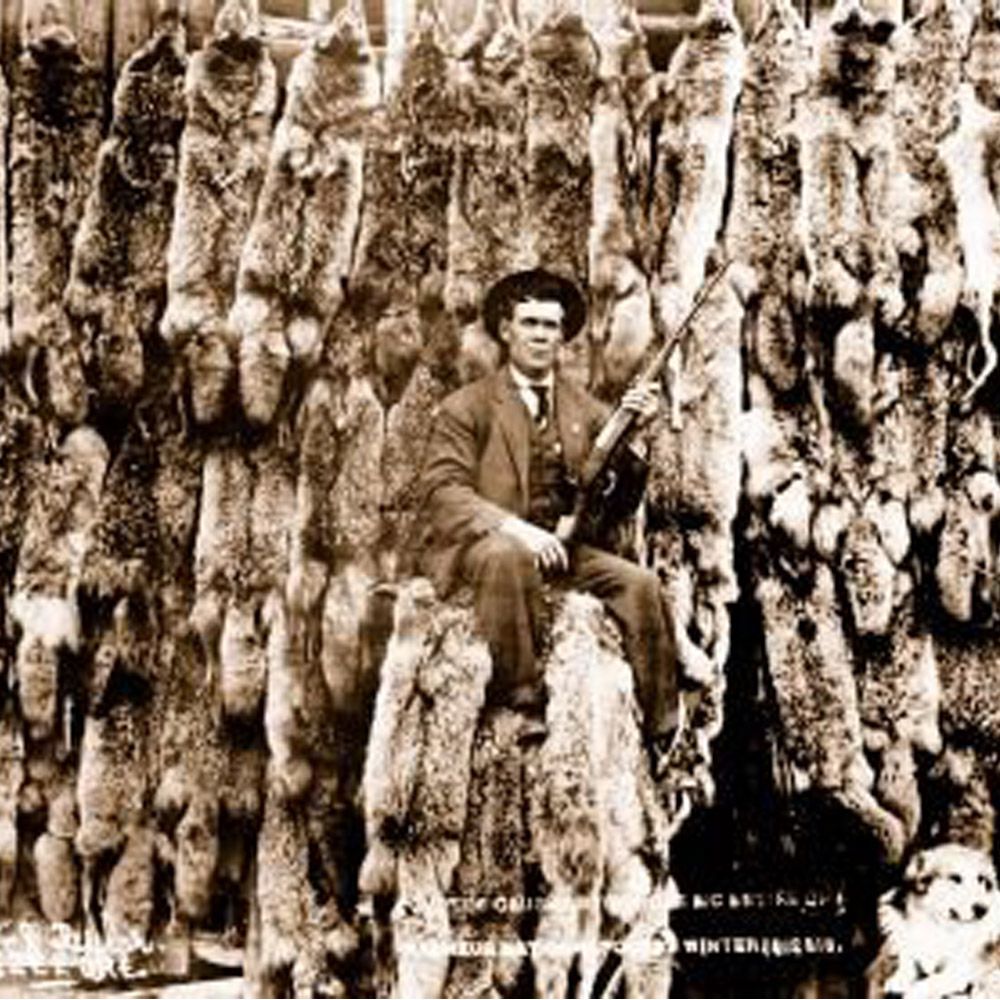Time: 60 Minutes
Grades: 3-12
In this exciting virtual field trip, your students will learn about what makes the wolf an apex predator. They will learn about the different habitats that wolves live in, their unique adaptations, and species in their food webs. We will learn about adaptations, predator/prey relationships, hunting techniques, and more. We will also see a real wolf pelt, wolf skull, and other biofacts.
⮜⮜ Back to Virtual Field Trips
Life of Wolves:
In this engaging program, we will start by discussing where in the world wolves can be found, what habitats they live in, and how big they are. Next, we will talk about different subspecies of wolves… focusing on the ones that can be found in North America. Your students will learn about where these different subspecies live and what makes them special. Then, your students will learn about wolf food webs, and what animals they depend on for survival. We’ll finish by talking about all the adaptations that wolves have for hunting. Your students will learn about pack hunting, wolf senses, speed, teeth, and other adaptations that make wolves an apex predator.
In this program, your students will be able to see a real wolf skull and wolf pelt. Additionally, they will see other pelts, skulls, and antlers of many different prey species.
For older students, a slightly longer variation of the program is available. For this version, we will start with the same program that is listed above. But, we add on 15 minutes at the end to talk about wolf conservation. We will discuss what happened to wolves from the earliest days of the country, up to the 20th century. Then, we'll discuss what humans did to save the wolves. This optional section is only recommended for older groups, as it deals with the wide scale extermination of the species in the 1800-1900s.




